views
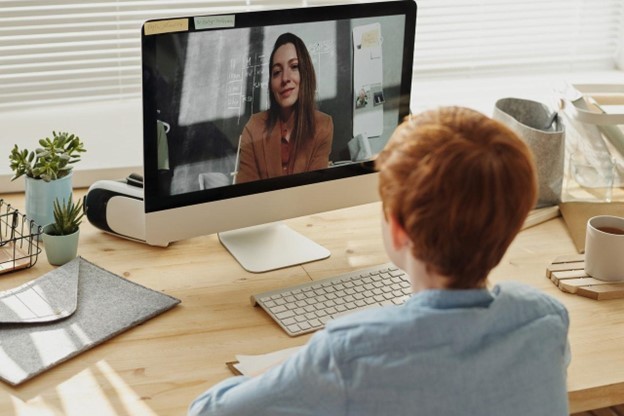
Education is the single most empowering thing available to humans. Learning has the power to open your mind, set you free and determine your entire future, and luckily, today it’s easier than ever to access the education people desire and deserve. And thanks to technology, educators have managed to share knowledge with other people from all over the world for centuries.
Technology never had an influence on education that’s this obvious and easy to feel. Skilled educators, motivated learners and supportive families all allow people to transform simple technology and turn it into an amazing tool for learning. Indeed, tech has managed to affect learning in the past, it continues to do so today and will 100% change the future of education—let’s see how:
First tech to be used in education
Diving into the history of technology in education, we will arrive at the invention of the printing press. This 15th-century invention allowed people to mass-produce books that we still use as one of the main sources of knowledge. Before books, it was impossible to even imagine sharing knowledge at such a fast pace. Books also opened up certain new possibilities such as lifelong learning. Since books are available widely and can be used in a private setting, it’s possible to continue education long after your formal education is complete.
The invention of the Internet
The World Wide Web is a tremendous achievement and a great tool for education. The Internet, together with personal computers, allowed people to access and share information in a blink of an eye and across the world. After the invention of search engines and social media, our education has completely been remodeled. Today, people can aim their education in the direction they want and take total responsibility for their learning.
Students understand the power of the internet very well, and they are willing to help each other online and share sources and studies. People living in the UK can even enjoy access to Warwick student resources and share notes and past assignments. This possibility does not harm education, but it makes education much smarter, faster and easier for every student willing to take education into their own hands.
Personalized learning
Done are the days of dull lectures and unfulfilling classes for both students and teachers. With technology like education software and electronic whiteboards, kids can get access to interactive, and more importantly, personalized learning. Education software allows teachers to create unique lessons based on student's abilities, talents, needs and interests. On the other hand, students can also use these tools to have a say in their own learning and create projects, tasks and goals.
Collaboration thanks to technology
As mentioned above, today students can share education sources and swap notes and assignments. Also, classes can be recorded and shared since many materials are completely digitalized. This fact forces education establishments to remodel their learning spaces and make them more attractive than digital ones. Of course, technology has to have a spot in those reimagined classrooms. Also, tech advancements push educators to continue learning and adapting to new tools. Thanks to new tech, students and teachers share many new qualities since teachers are not just guides or trainers anymore but active participants in learning, discovery and creation—it’s a great point over which students and teachers can connect.
With available technology, students are starting to perceive learning from a whole new perspective. Once upon a time, students perceived learning as a result of hard work that goes into mastering the content. However, now people know that education is a process that includes asking questions, making your own conclusions, conducting tests and making mistakes that will finally lead to correct answers. Today, educators can go problem-based, easily shifting from teaching things to showing students how to ask the right questions, find the right sources and learn from scientific methods implemented in teaching through tech. That’s why we can expect to see upcoming generations sporting an inquisitive mind and a positive view of learning.
Future improvement of learning through AR and VR
In the future, we can expect to see the further influence of technology on learning. Students won’t only be forced to rely on interactive and personalized education but allowed to be completely immersed in learning. Advancements like augmented reality and virtual reality are being used in schools more frequently every day. Thanks to AR and VR, history students can get inside ancient buildings, medical students can interact with a simulated human body and chemistry students can experiment with different chemicals all while sitting in their comfortable chairs at home or school.
Through AR and VR, students can practice their reasoning and develop different skills. And more importantly, these technological advancements nurture students’ love of learning thanks to content that’s interesting, colorful and full of life and realism. The effect of AR/VR is especially noticeable when it comes to choosing STEM careers because it presents them in a fun way.
Conclusion
Since the 15th century, we had the technology to modify our ways of learning and teaching. However, with the fast development of new tech, we can expect these digital tools to continue changing the face of education deep into the future. Through technology, educators and their supporters are creating generations of people with a genuine love of learning and plenty of curiosity to go around. As long as we’re aware of the distractions ed-tech can have on learning as well as some security risks of spending time in a digital environment, we can enjoy a happy learning present and have a bright future to look forward to.











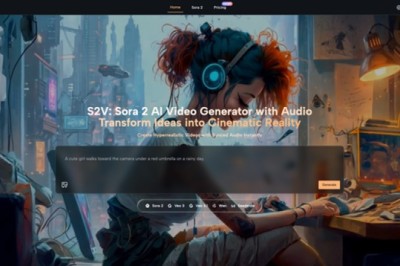




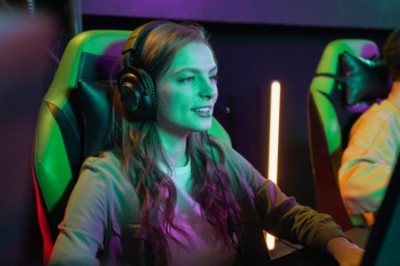
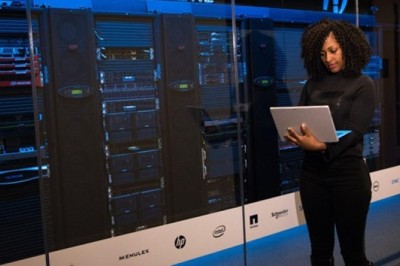
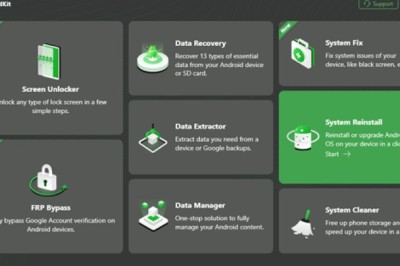
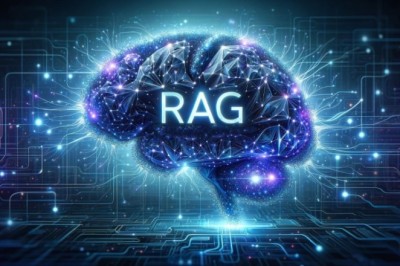


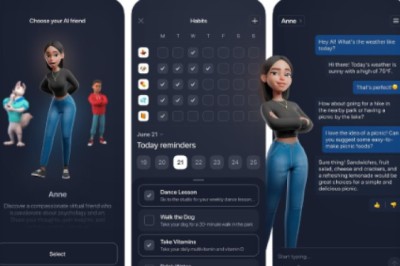

Comments
0 comment